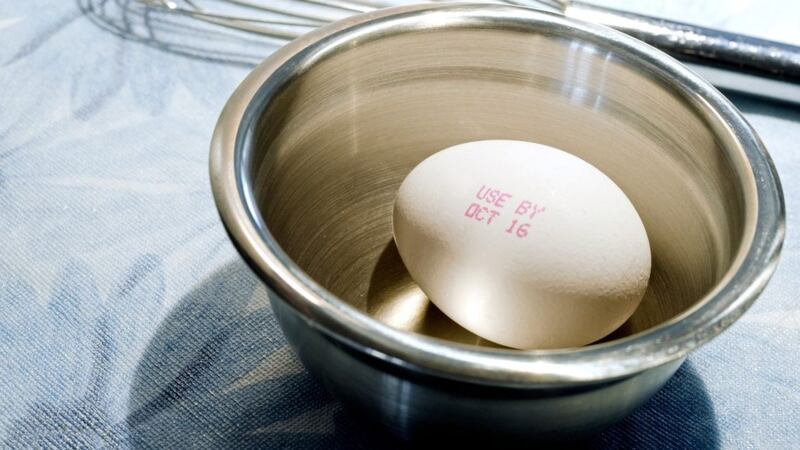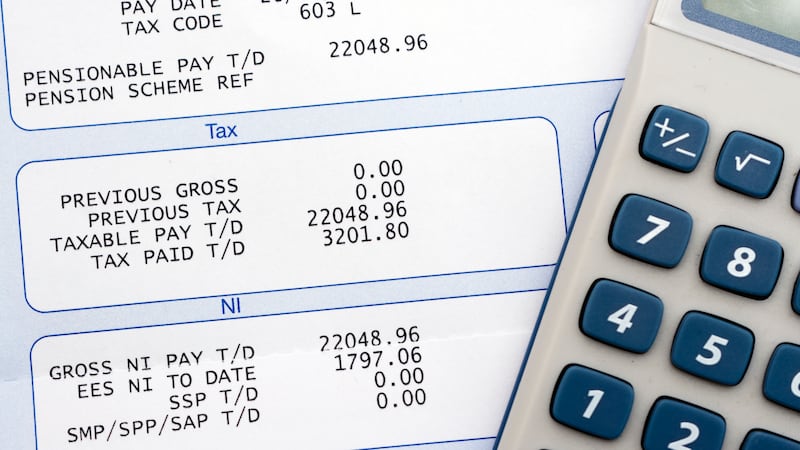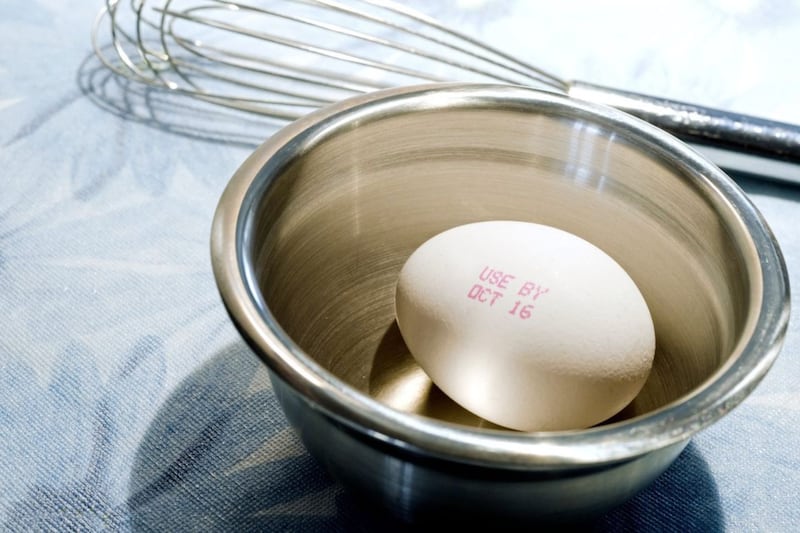SELL BY OR DISPLAY UNTIL
These were guidelines for shops on how long products should remain on the shelf, but have now been largely phased out by most supermarkets.
BEST BEFORE
Found on: Less perishable items such as dried food or tins which don’t ‘go off’. It simply advises consumers an ingredient is only guaranteed to be at its best up to the date stated. Relates to quality, not safety. It is not an offence to sell food past its ‘Best Before’ date — but most retailers don’t as consumers are reluctant to buy it. Food is highly unlikely to deteriorate for a considerable time after this date, and could be good for months or even years.
USE BY
Found on: Chilled perishables such as meat, dairy and sandwiches which deteriorate faster than other foods. Here, the manufacturer, following extensive tests, is advising consumers that their food product should be stored chilled and consumed by the ‘Use-By’ date to
ensure it’s safe to eat. "Even so," says microbiologist Dr Slim Dinsdale "in reality, 'Use-By' dates are almost always exclusively based on quality, not safety." Unlike ‘Best Before’, it’s a criminal offence in the UK (though not in EU countries) to sell foods after midnight on
their ‘Use By’ date – even if the food is still of good quality and safe to consume.








